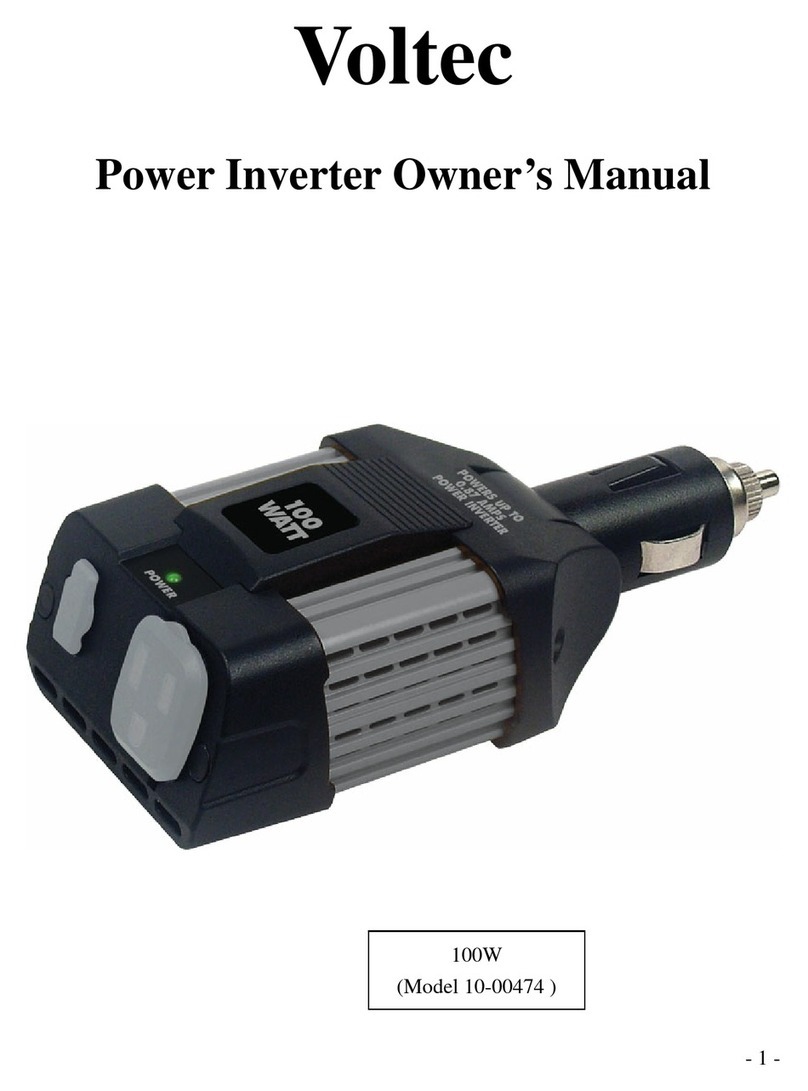(IV) ELECTRICAL INSTALLATION
Only authorized and trained personnel should have access to PV modules. The system generates
electricity, and can be dangerous if the staff is not familiar with these products and with the
appropriate safety procedures.
The installation must be carried out in accordance with the electrical standard documents NF C 15-
100, guide UTE C 15-712-1 and "Practical guide for use by design offices and installers for the
installation of photovoltaic generators connected to the electricity grid " published by ADEME and ser.
Provide in the circuit a circuit breaker or equipment to detect leakage currents.
Do not use PV modules of different electrical characteristics and properties in the same system.
Connect in series only modules of the same nominal output current.
If the modules are connected in series, the total voltage is equal to the sum of the voltages of each
module. The open circuit voltage exceeds the nominal voltage. The solar cable used must have: a
minimum section of 4mm², a maximum permissible voltage of 1500 Vdc. The temperature of use of it
must be between -40 °C and +80 °C.
Ensure that the open circuit voltage of a module at the lowest temperature of the site multiplied by
the number of modules in series is not higher than the maximum voltage of the intended system and
all DC electrical components (DC protection and inverter in particular). Under normal conditions
(temperature, sunshine), a photovoltaic panel is likely to produce more current and/or voltage than
under standard test conditions. Consequently, the values of Isc and Voc indicated on the back of the
panel shall be multiplied by a factor of 1.25 for the determination of the sizes of the components,
sections of cables, sizes of fuse, calibration of the cut-off components and protection connected to the
exit of the panels.
Tables of characteristics: see the technical data sheets produced
Tolerances to be considered on electrical characteristics: ± 3% on Voc and ± 3% on Isc
4.1) GROUNDING OF PANELS
The frames of the modules must be grounded using the grounding holes of diameter 4 mm present on
the frame (large side) and yellow green cables of section 10 mm2with lugs or ground braids.
In order to ensure an optimal level of safety, the installation's terrestrial connection diagram must be
of type TT (neutral of the transformer connected to the ground, all masses are connected to the
ground).
Comply with all applicable local requirements and regulations.
Use approved accessories and components for electrical connections: washers with ressort or fan
(notched),bimetallic or stainless steel washers, screws, stainless steel lug - if necessary- to avoid
galvanic corrosion. Ensure good electrical continuity between the frames of the modules and between
frames and mounting structure.
Connect the entire metal structure to the earth after verification of its conformity.
During a maintenance operation that requires the disassembly of a module, ensure the ground
continuity of the installation.
Specific parts for grounding can advantageously replace cables or braids, saving time in
implementation and providing a very good contact such as Terragrif claws, patented and approved by
mobasolar. The compatibility of the terragrif chosen with the profile of the module frames must be
validated by VOLTEC Solar.




























